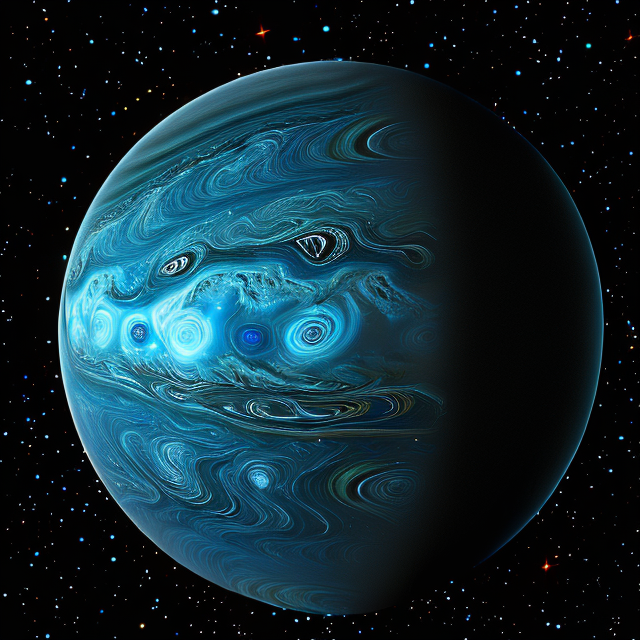|
|
Space Astro
|
Info for exoplanet "Ropuhyo-n"
| Scientific (actual) data |
|---|
| Name | K2-165 b |
| Planet status | Confirmed |
| Radius | 0.114 |
| Orbital period | 2.35499 |
| Inclination | 87.083 |
| Discovered | 2018 |
| Updated | 2021-02-05 |
| Tconj | 2457580 |
| Publication | Published in a refereed paper |
| Detection type | Primary Transit |
| Alternate names | 2MASS J12193607+0058064 b, EPIC 201528828 b, EPIC 201528828.01, TYC 281-875-1 b, WISE J121936.10+005806.0 b |
| Star name | K2-165 |
| Right ascension | 184.9° |
| Declination | 0.97° |
| Mag j | 10.055 |
| Mag h | 9.627 |
| Star distance | 135.1 |
| Star metallicity | -0.05 |
| Star mass | 0.83 |
| Star radius | 0.8 |
| Star temperature | 5185 |
| Star alternate names | 2MASS J12193607+0058064, EPIC 201528828, TYC 281-875-1, WISE J121936.10+005806.0 |
| Wikipedia article | K2-165 b |
Back
| |
| Fictional info (?) |
|---|
| Suggested name | Ropuhyo-n |
| Planet type | Cold planet |
| It has the longest rotation period (445 days) of any planet in its solar system and rotates in the opposite direction to most other planets.
When viewed from Earth, this proximity to K2-165 means the planet can only be seen near the western or eastern horizon during the early evening or early morning. The planet telescopically displays the complete range of phases, similar to Venus and the Moon, as it moves in its inner orbit relative to K2-165, which reoccurs over the so-called synodic period approximately every 64 days. |
| Atmosphere | Xenon | 60% |
| Krypton | 23% |
| Nitric oxide | 17% |
| Formaldehyde | 0.004% |
| Atmospheric pressure | 80 bar |
 |
| Moon | Kiju Repya | Small round ice asteroid |
| Pyuwa'mubyo Be | Large slightly egg-shaped rocky asteroid |
| Namibetsu Gisho | Medium-sized round crater-filled asteroid |
| Kyuhipe | Large potato shaped rocky asteroid |
| Awosapa Pyoja | Huge round rocky comet |
| Tsuunyu Hyo | Medium-sized round rocky moon |
| Google search for Ropuhyo-n |
|
Website by Joachim Michaelis
|
|
|
|